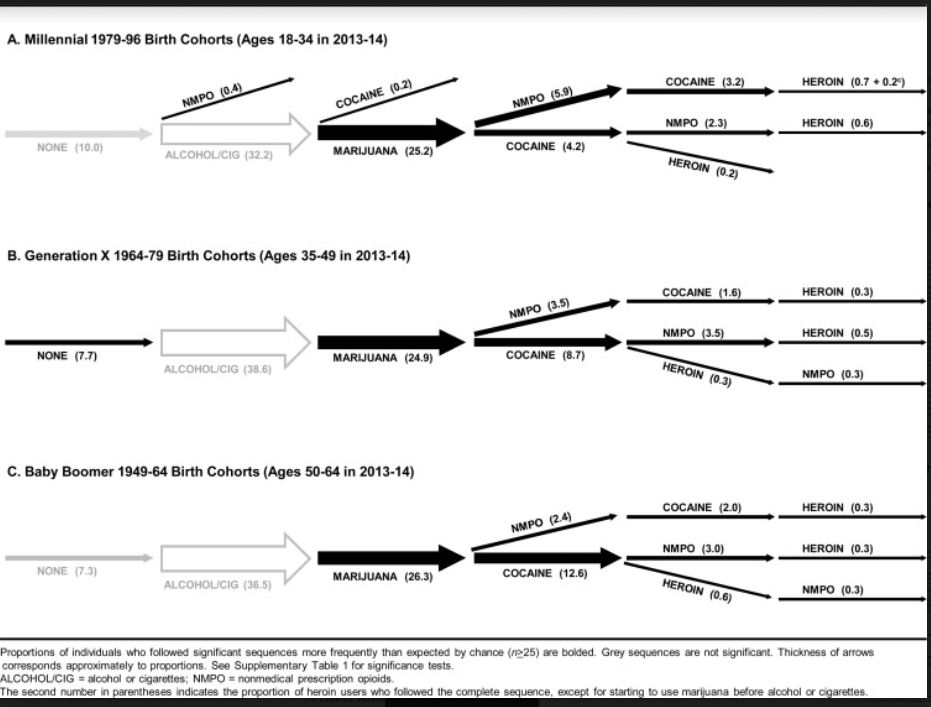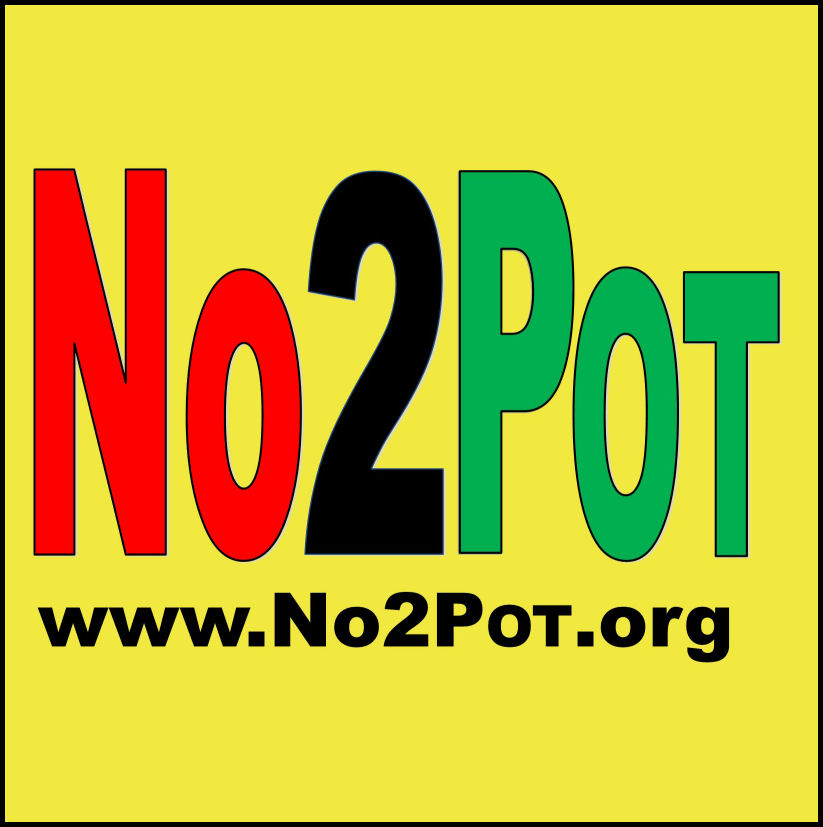Narcotics
|
National Institute on Drug Abuse: |
|||||||||||||||||
|
U.S. Food and Drug Administration: |
|||||||||||||||||
|
What is OxyContin? The brand name for an opioid analgesic containing the active ingredient oxycodone in a time released form. Oxy (oxycodone) Contin (continued released). Addicts extract the oxycodone from the time-released chemical to use all the oxycodone at once. This is also done with other oxycodone drugs (Percocet™, Percodon™, and Tylox™ except oxycodone is separated fromoxycodone and acetaminophen. Oxycontin is a legal narcotic (or a controlled substance) that is available, by prescription, to treat severe pain. OxyContin is a controlled-release medication that, when used correctly, provides extended relief of pain associated with cancer, back pain, or arthritis. However, often when the drug is abused, the tablets are crushed and snorted, chewed, or mixed with water and injected- eliminating the time-release factor and allowing for a quick and intense rush to the brain. This practice can lead to overdosing on OxyContin's active ingredient, oxycodone, by releasing too much of the medication into the bloodstream too quickly. OxyContin is highly addictive - so higher doses of the drug must be taken when a tolerance develops. Illicit users of the drug have risen drastically and steadily over the last few years. Opioids information... Heroin, a very strong narcotic depressant, completely destroys the user’s ability to reason. Its synthetic form, known as designer drug has been proven to be even more deadly and addictive. If the abuser wishes to maintain the same effect, he or she will have to take steadily larger doses as the tolerance develops. The most serious risk associated with opioids, especially OxyContin®, is respiratory depression. Pharmacological effects include analgesia, sedation, euphoria, feelings of relaxation, respiratory depression, constipation, papillary constriction, and cough suppression. A 10 mg dose of orally-administered oxycodone is equivalent to a 10 mg dose of subcutaneously administered morphine as an analgesic in a normal population. Oxycontin’s™ behavioral effects can last up to 5 hours. The drug is most often administered orally. The controlled-release product, OxyContin®, has a longer duration of action (8-12 hours). Street names/slang terms: Roxy (30mg), Killers, OC, OXY, Oxycotton, Hillybilly Heroin, Kicker, Blues Paraphernalia: White powder substance (on clothing, in car, bathroom), snorting...straws cut in half, empty pens. Shooting- bottle cap, spoon, ice scoop for a cooker, cotten or Q-tip for a filter, lighter, needles. The generic version of OxyContin is not very popular with high tolerance abusers because it cannot be injected nor snorted. It is only available in 80mg (one side marked “99” the other side “33”” ....slang “9933” Taking a large single dose of an opioid could cause severe respiratory depression that can lead to death. Both alcohol and opiates suppress breathing which is why mixing the two espcially OxyContin is so dangerous. OxyContin is time released. Oxy (oxycodone) and Contin (continuing). A person can have a drink, take an OxyContin and feel O.K. then lay down and slowly stop breathing and die. The oxycodone in the OxyContin continues to be released....
The manufacturer of OxyContin, Purdue Pharma, began selling it in 1996. The company, however, discovered a major obstacle when it began selling it. OxyContin is a narcotic, in the same class as heroin and morphine. Purdue Pharma realized most physicians would not want to prescribe OxyContin if they believed their patients could become easily addicted, so the drug company invented a clever lie. Purdue Pharma sales representatives were coached to tell doctors that OxyContin was less addictive than other narcotic painkillers. The reason, Purdue claimed, was that OxyContin is a time-release drug, making it less addictive than similar drugs. Although Purdue knew that the claim was false, it worked. OxyContin rose to become the number-one prescribed narcotic pain killer in the U.S. Between 2000 and 2005 it netted Purdue over a billion dollars a year. During this same time, OxyContin addiction grew to epidemic proportions. OxyContin became known on the street as OC, Oxy, Oxycotton, or hillbilly heroin. The U.S. Attorney’s office began investigating how physicians and their patients had been so misled. Finally, on May 10, 2007, Purdue and three of its former top executives pleaded guilty in federal court to criminal charges of fraud in marketing OxyContin. Purdue will pay $630 million in criminal fines to the federal government and the three executives another $34 million.
|
|||||||||||||||||
| On a personal note: Narcotic medications are highly addictive whether a person is taking them as prescribed by a doctor or to get high. Do not get a false sense of security if you are being prescribed a narcotic for pain that you won’t be addicted. Take only “as needed.” If possible ask for a non-narcotic medication. Doctors and Dentists often prescribe narcotics first instead of offering other medications that may be just as affective depending on the situation. Discuss these concerns with your doctor... caution & education may help prevent addiction. A disease and life style that is often unbearable for the addict as well as their family and friends. | |||||||||||||||||
See Rx Facts link for information on other depressants and stimulant prescription drugs.






